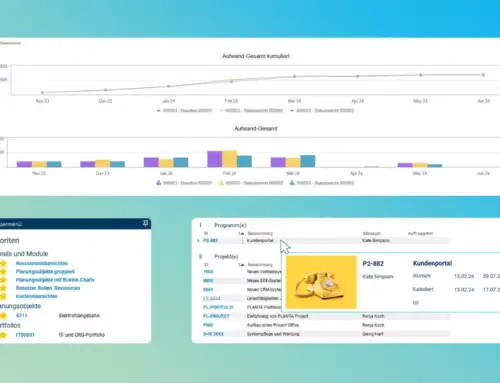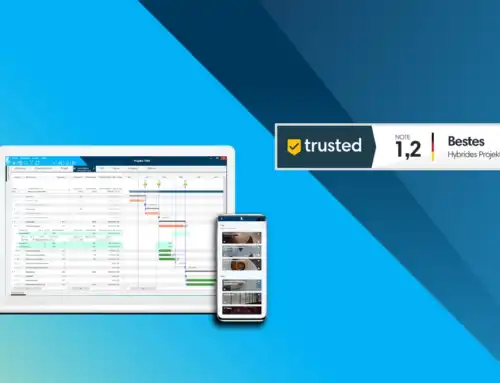Big Data According to Requirement — Sometimes Less is More
| Translated by Julian Hammer
The hype around big data and data analytics can have companies believe that the collection and analysis of huge amounts of data will result in great benefit. However, it is often better to reassess what exact data will really benefit you when it is collected and analyzed. For even the best software requires a human being who takes his/her time to evaluate the analyses and derive decisions from them.
In connection with digitalization topics and the use of modern technologies, the term big data is now used more vaguely than initially intended: for very large unstructured amounts of data which cannot be coped with by means of conventional techniques. When it comes to big data, the amount of data must be regarded as a relative factor. For companies, it is important to find out which data can actually help them to optimize processes, to make decisions more quickly, and hence to become more competitive.
The risk here is to collect vast amounts of data which is not even relevant for the company’s processes (yet). Optimally, the company software should be designed to represent changes in business processes or features which are temporarily not required can be used at later times, so that this data can then be collected and analyzed as well. Big data according to your requirements.
In the case of project management software it may be reasonable for a company to implement the new PM system without employee time recording feature for work reporting on accomplished tasks if the company does not plan effort for its employees in its projects. In other companies it may again be reasonable to collect large user data amounts on a daily basis if the analyzed data is used to, e.g., optimize resource planning.
In the field of project management it is particularly important to be able to extract those key figures from a variety of possible data, the recording and reporting of which enable the company to gain valuable information.
The use of PLANTA project in the Dr. Willmar Schwabe corporate group provides an example of how sometimes less can be more: Since Schwabe does not plan any effort for its employees, the recording of respective data is not necessary.
Schwabe has implemented PLANTA project quite swiftly. Only 2.5 months passed between the company’s decision for PLANTA and the launch of live operation. The implementation of the new software has improved the company’s overview of its projects. The company particularly benefits from the transparent project status and the reduction of simultaneously running projects.
Related Posts
RECENT POSTS
Speakers of the 21st PLANTA User Forum 2024
Ameline Fauchon2024–04-22T11:01:53+00:0022. April 2024|
PLANTA project Update Optimizes Usability and Resource Planning
Andrea Jennifer Schmidt2024–04-22T11:03:25+00:0018. April 2024|
Best Hybrid System in Project Management Software Test
Beate Schulte2024–04-10T09:23:33+00:0015. February 2024|
















